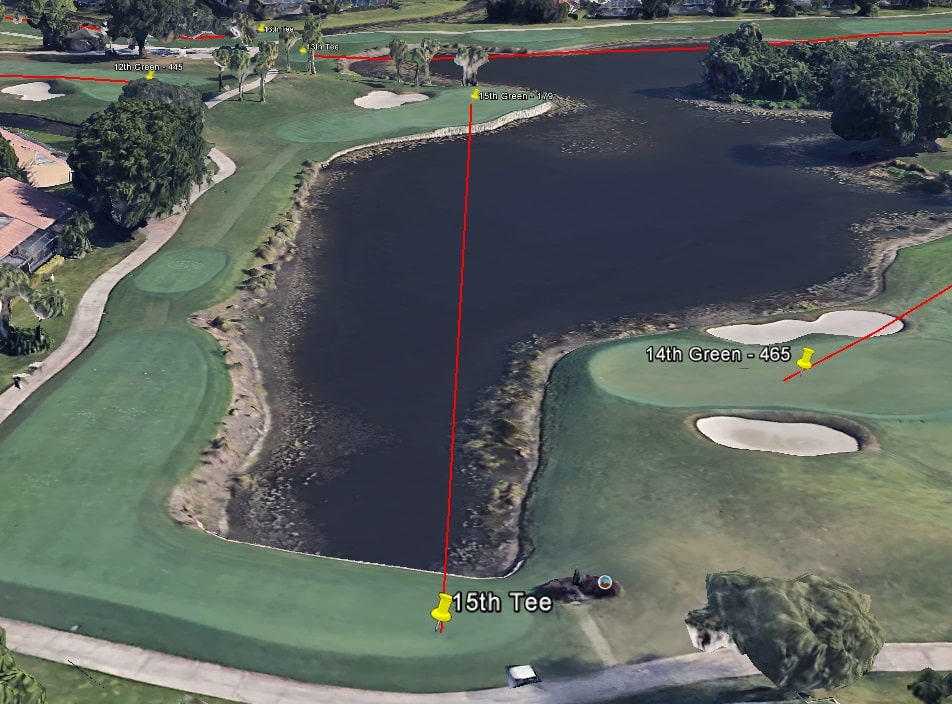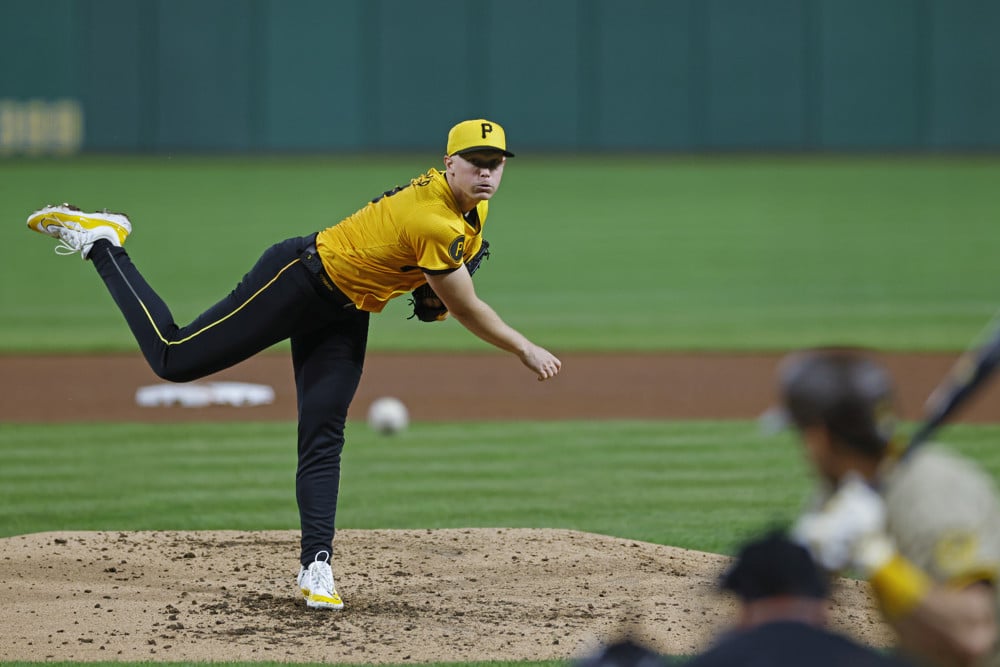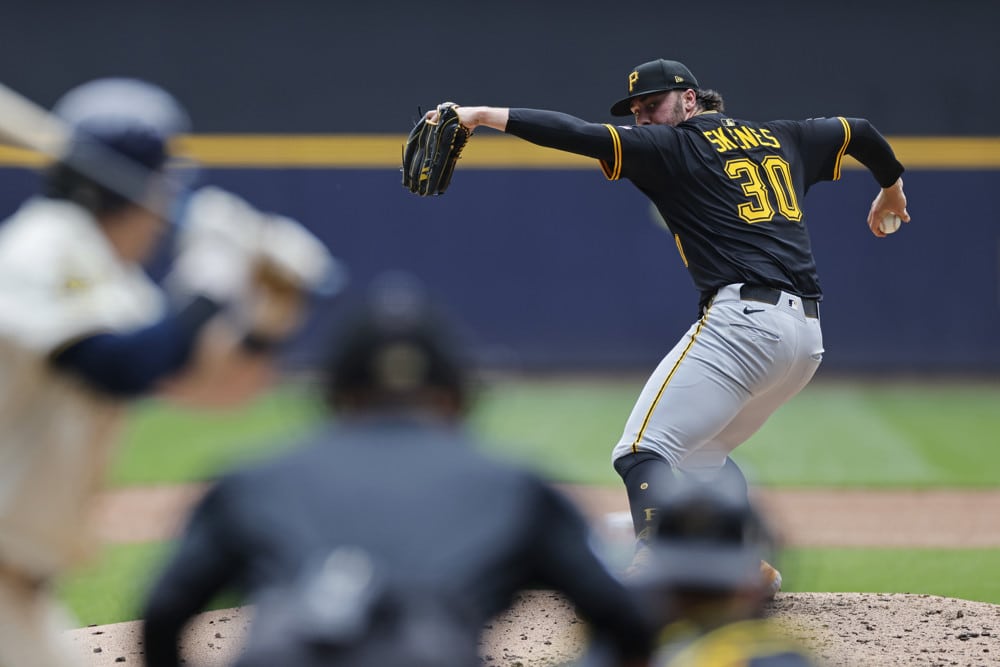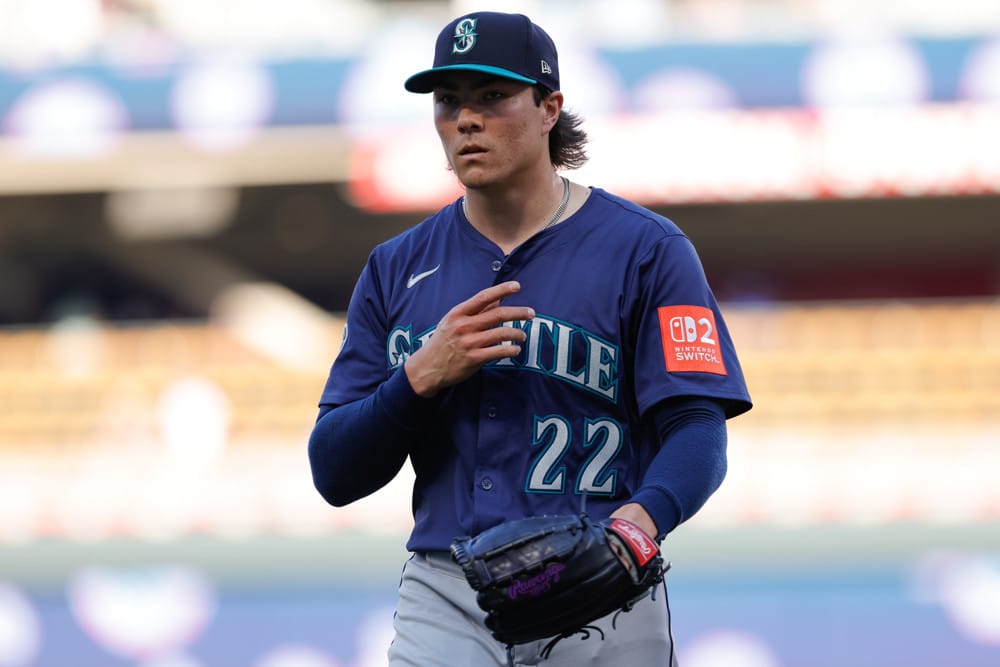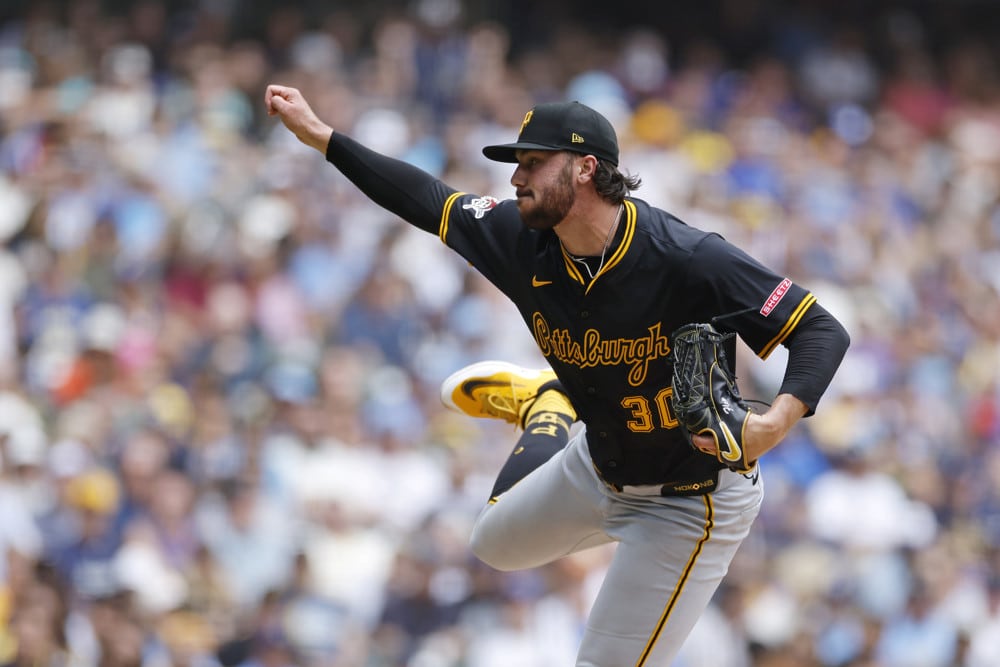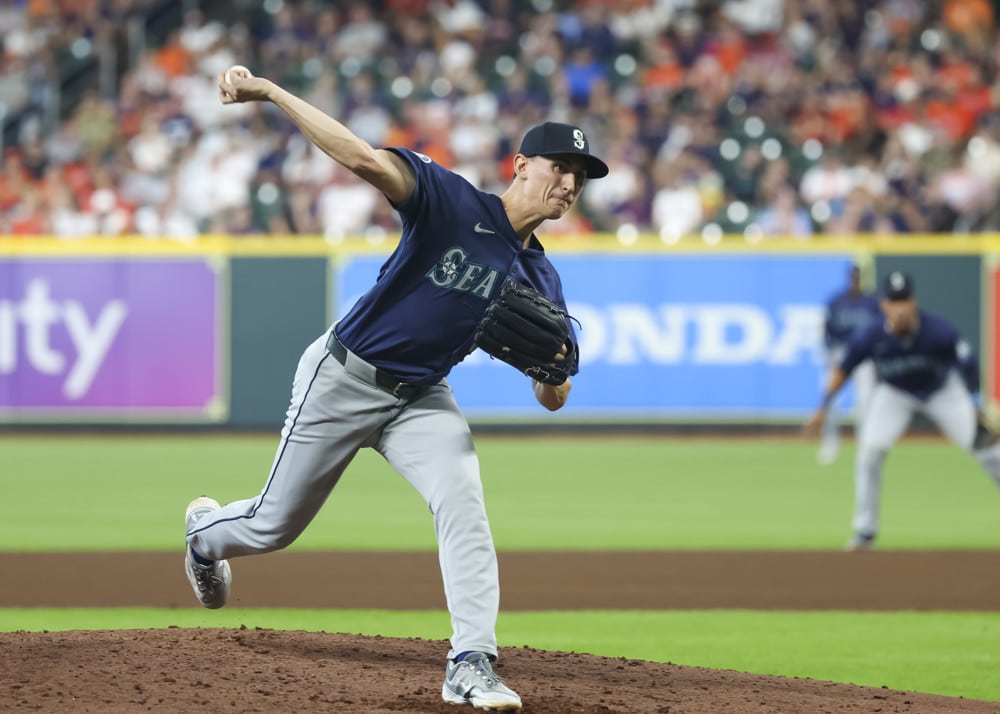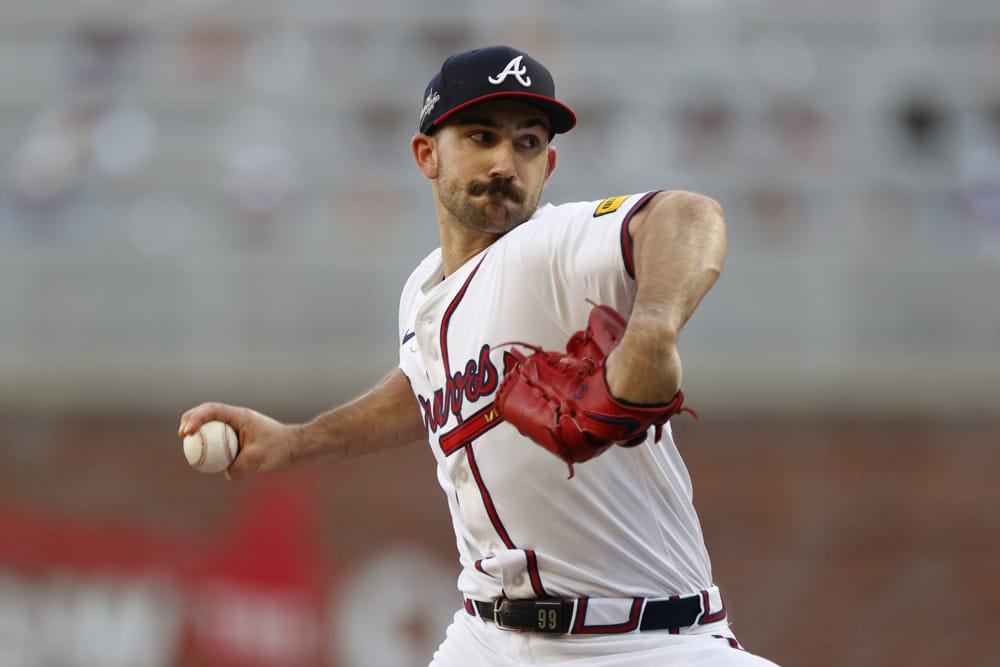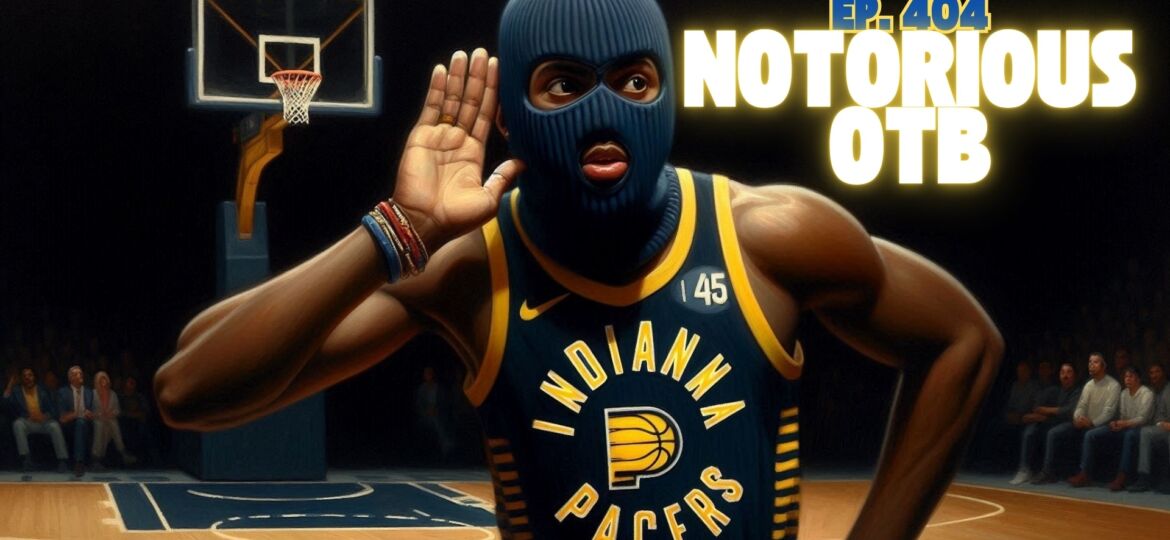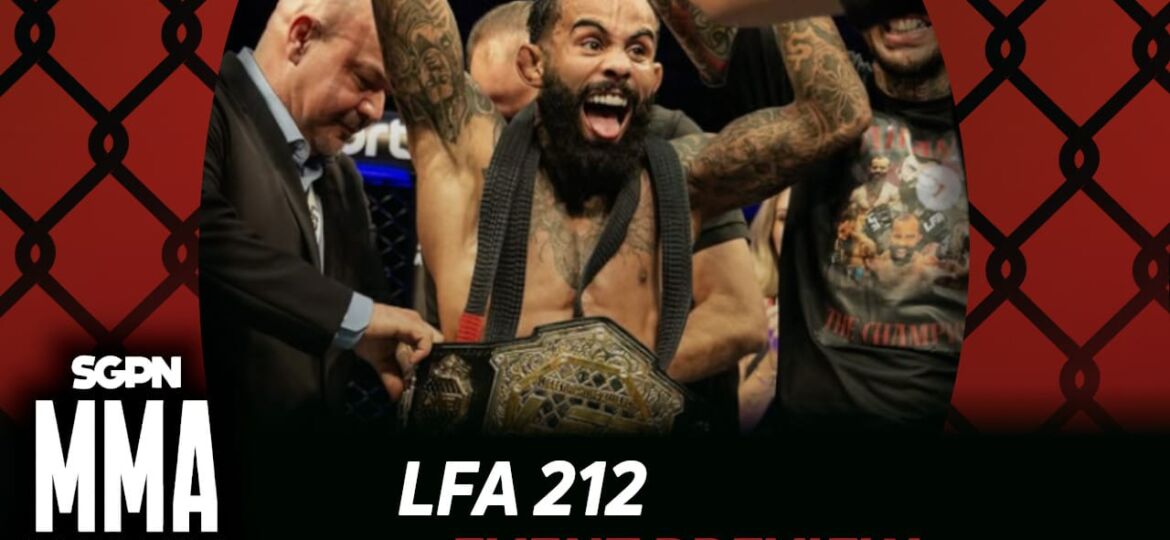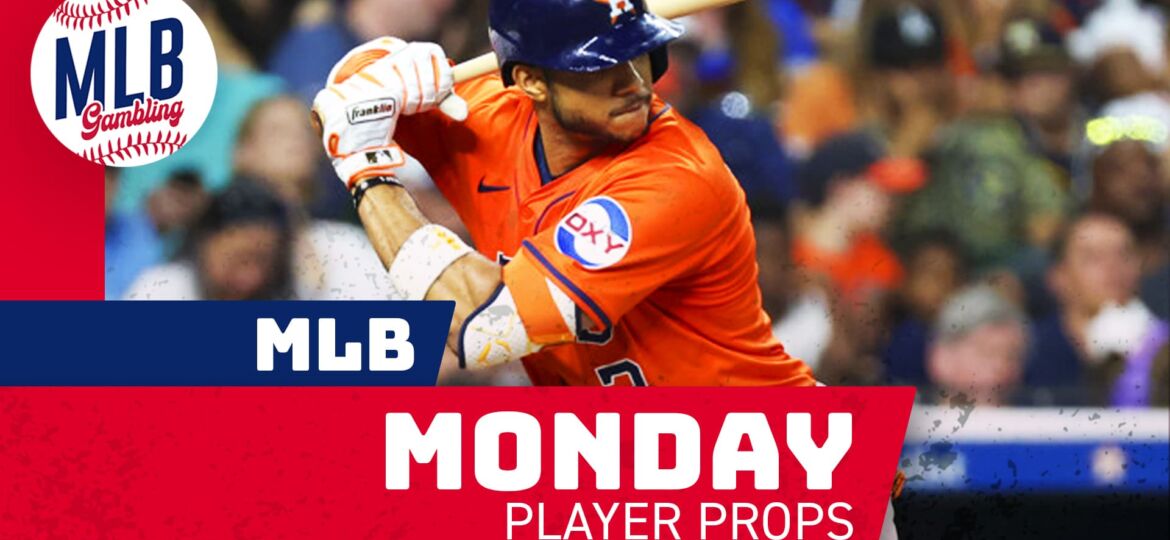The PGA Tour begins Act II of the long and grueling season, as the best golfers in the world start the Florida swing of the schedule for the 2019 Honda Classic at PGA National in Palm Beach Gardens.
Like the AT&T Pebble Beach Pro-Am, the reshuffling of the PGA Tour schedule seems to have taken a bit of the wind of the sails of the event, which was quickly becoming the Waste Management Phoenix Open of the East Coast with loud, boisterous and over-served crowds. But because it’s sandwiched between the end of the West Coast swing and before the Arnold Palmer Bay Hill Invitational and The Players Championship, several top names are taking the week off, which is a black eye on the event considering many top pros call Palm Beach Gardens and the surrounding area home (although with the Robert Kraft news, maybe they’re all lawyering up).
Here’s everything to know before placing wagers on the Honda Classic.
The Field
It’s place on the calendar is an inconvenient one for the Honda Classic because it’s a convenient one for top players to take a bit of a breather. But there’s still some good names in the field. Justin Thomas returns to PGA National to defend his title and has a strong track record at this event. Last year he not only made headlines by taking down Luke List in a playoff, but also for taking down a drunk idiot fan by ejecting him from the event.
Justin Thomas got a lot of flack for this, but considering how many dummies show up to a golf course and yell inane things just so they can go watch themselves afterwards on DVR 50 times over, it’s hard to feel bad for this guy on the wrong end of Thomas’s wrath.
Other notables in the field include 2016 winner Adam Scott, 2017 winner Rickie Fowler, Sergio Garcia and Brooks Koepka, who’s looking to right the ship after a bit of a rocky start to his 2019 season. Overall, though, this field is one of the weaker ones fans will see on the schedule this year.
The Golf Course
Honda has been the primary sponsor of this event since 1982 when the tournament was held at Inverrary Country Club in Ft. Lauderdale. After Honda took over, the event took on nomadic practices around South Florida, making stops at a couple TPC’s and Weston Hills along the way. For a quarter century, a once hallowed event was suddenly rudderless.
In 2007, the tournament was moved to PGA National after a major investment in the golf course by a few private equity groups, and the tournament has been held at the Champion Course ever since. PGA National was first built in 1981 by Tom Fazio in order to host the 1983 Ryder Cup, which was won by the Americans in dramatic fashion. In 2002, Jack Nicklaus tackled the course for a redesign in order to have it ready to host a tournament on the PGA Tour, and five years later it attracted the Honda Classic to the site. Jack Nicklaus has made quite the name for himself in golf course design, and the PGA Tour makes stops at several of his golf courses like Muirfield Village for the Memorial, the Nicklaus Tournament course for the Desert Classic, and Valhalla, which has hosted three PGA Championships and a Ryder Cup.
Some golf architecture nerds dislike the Champion Course at PGA National, as the golf course utilizes water hazards and deep rough instead of creative tee-to-green design to challenge players. The naysayers have a bit of a point. While a very adept PGA Tour pro can get around this golf course without a lot of issues, the layout of this golf course is certainly not a very friendly one to most amateurs.
Front Nine
Back Nine
Not only is this a tough layout for most amateur golfers with all the water hazards, narrow fairways and deep rough, but this time of the year the wind plays a major factor on the golf course. Wind can play havoc to shot trajectories and when the winds dry out the bermuda greens, balls ricochet off it like ping-pongs bouncing off the table.
If you’re someone who likes to watch a PGA Tour event and see low scores, birdies, and players firing at pins, this event likely isn’t for you. But if you’re someone who also watches NASCAR for the crashes, well buckle up – you’re in for a weekend full of funnies and fails where some of the best players in the world will be humbled:
The most notable part of the golf course is “The Bear Trap”, which is a nightmarish stretch from holes 15 to 17.
15th Hole – Par 3: 179 Yards
16th Hole – Par 4: 434 Yards
17th Hole – Par 3: 190 Yards
On its face, these holes don’t seem overly complicated. The 15th and 17th are essentially the exact same hole – moderately long Par 3’s over water towards elongated greens sloping towards the water and a back greenside bunker. And while the fairway runs out about 280 yards and takes driver out of the players hands, a hybrid and a short iron into the 16th green isn’t the trickiest of shots.
But what makes this stretch of holes brutal is that they all run smack into the prevailing ENE winds. That ups the difficulty significantly, especially for players who like to hit high fades into greens. When that happens, the wind swat those shot shapes like its Dikembe Mutombo and the strokes can pile up in a hurry on the scorecard.
Though not officially a part of the Bear Trap, the 556 yard Par 5 18th might as well be as it’s one of the more challenging Par 5’s on the schedule:
Water hazards present a problem off the tee on both the left and right, as well as fairway bunkers awaiting errant shots left and a row of trees and deep rough to eat up blocks to the right. The approach into the green doesn’t get much easier, as the players are hitting once again into the prevailing ENE winds and have to contend with greenside bunkers guarding the left and the large water hazard on the right. While some players might try and be a hero and go for the green in two, most will stay safe and make it a three-shot hole.
The design of the closing hole is also a cookie cutter template of a couple other Par 5’s at Jack Nicklaus courses, such as at Glen Abbey (former site of the RBC Canadian Open) and Muirfield Village (home of the Memorial):
18th Hole – Glen Abbey
11th Hole – Muirfield Village
Betting Strategies
With a weak field, there’s definitely going to be some ugly horses to place bets on this weekend, particularly in DFS. And with all the ways PGA National can stop a golfer having a good round in their tracks, bettors have to be prepared to have a frustrating weekend when disaster strikes (and it will strike for everyone) and exercise a little patience when tracking the tournament and see a golfer they bet on hit a speed bump.
In terms of what types of golfers fare well at PGA National, it’s a bit of a mixed bag. The event has seen elite ball-strikers like Justin Thomas, Adam Scott, and Rickie Fowler take home the trophy in recent years. It’s also attracted it’s fare share of ugly ducklings to the top of the leaderboard because the event is such a war of attrition. I wouldn’t try and shoot the moon and take a stab at some golfers who haven’t shown good ball-striking though. Stay in your lane and pick guys with a solid iron game and don’t tend to find themselves in trouble often off the tee. The strokes gained stats are your friend.
It’s also important to consult the weather report this week and make sure you aren’t on anyone on the wrong side of the draw. Right now, wind doesn’t seem to be too big of a factor on Thursday or Friday, but that can change in a hurry. Stay nimble, watch the Weather Channel and if the wind looks like it’ll impact one side of the draw over the other, gravitate towards the more favorable one. Heavy winds might also favor longer hitters and those with lower ball-flights who are able to fight through the blustery conditions to get into scoring opportunities.





